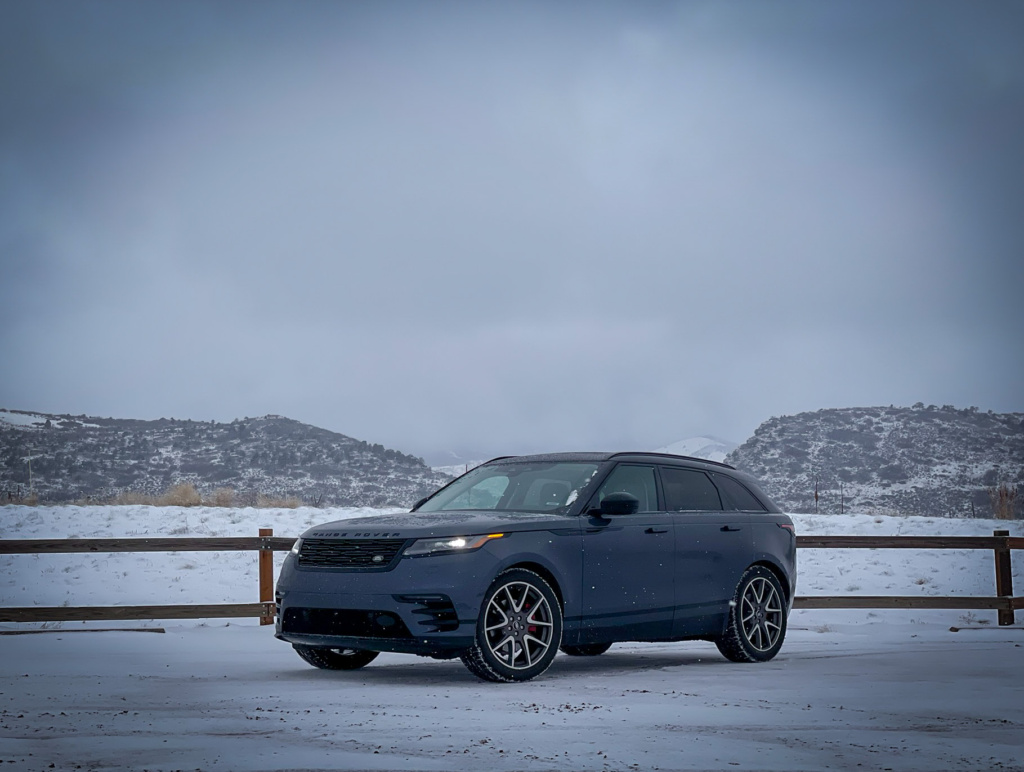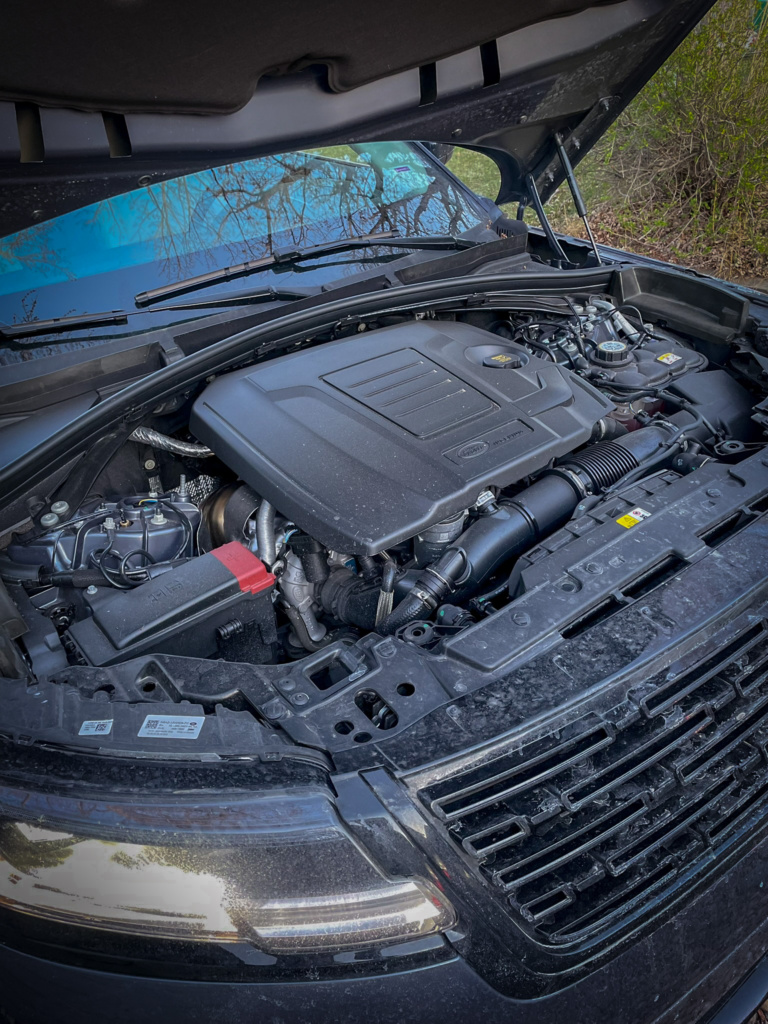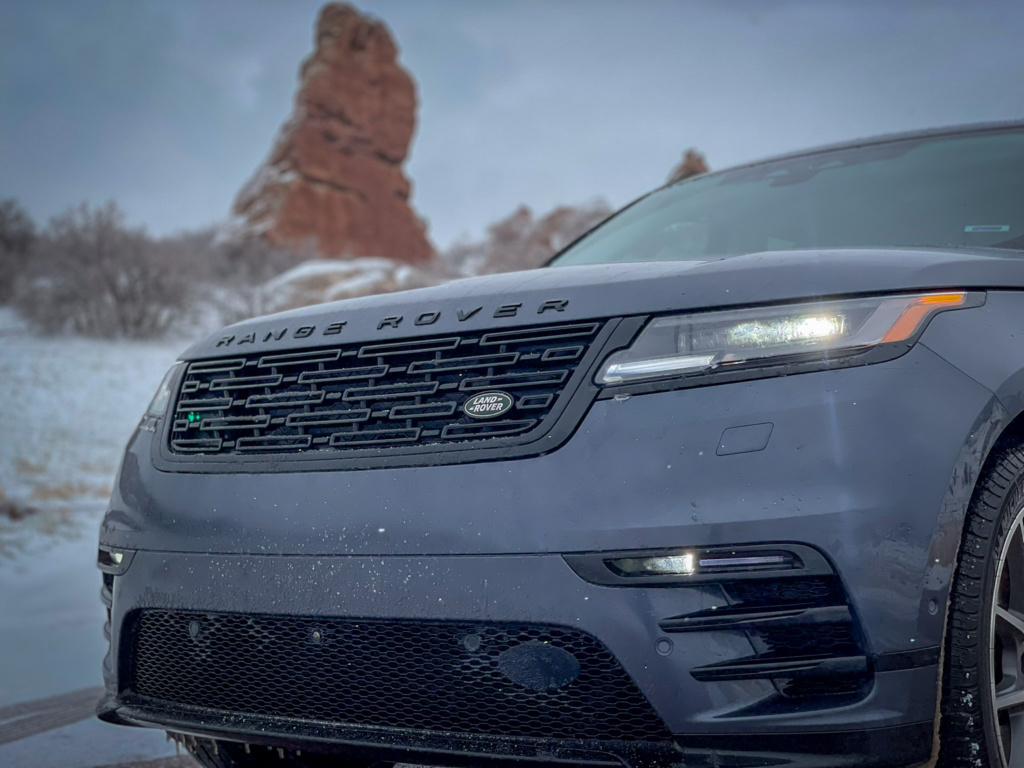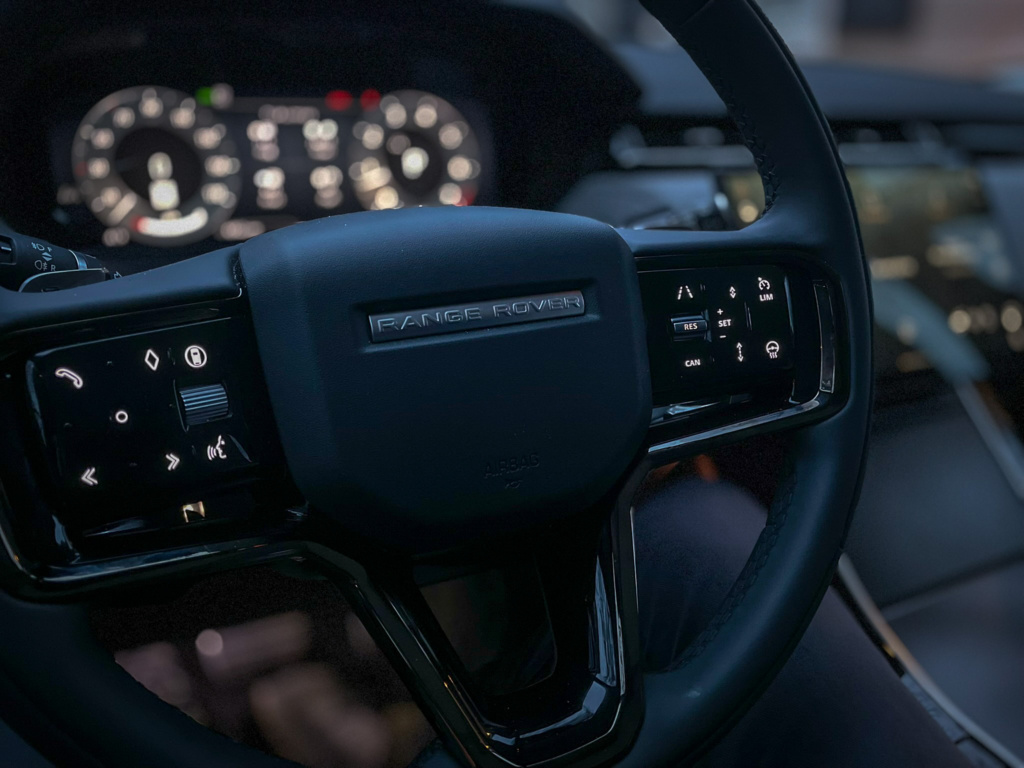
The Range Rover Velar is the newest nameplate of Land Rover’s premium sub-brand, and just a couple of years ago, the model received a thorough update. Its powertrain, exterior features, and interior design align with the rest of the Range Rover models. And while it is instantly recognizable as a Range Rover, it successfully wears a unique interpretation of the fashion and premium appeal that is core to the brand.
As with any attractive design, the Velar starts with desirable proportions, and in this case, the visual balance and physical stance deliver a message of power and athleticism. Inside, the minimalist design lets the premium materials and excellent fit and finish speak for themselves.

With so much attention paid to the styling and materials, one might rightfully question the Velar’s commitment to the Range Rover’s other core brand attribute: off-road capability.
And in that regard, decisions were made early on in the Velar’s concept that it wasn’t destined to be among the most capable of the Range Rover lineup, but at least it would be deemed the most capable among its segment-mates.

Still, its deep-skirt front bumpers, precariously thin tires, lack of a low-range gearbox, plastic paneling underneath, and a limited-for-a-Land Rover wading depth can be disheartening to the adventure-inspired. That is, until one comes to understand the capability provided by an excellent drive and traction control system, dubbed Terrain Response. The entire system that modulates how quickly and to which wheel power is distributed based on a number of environmental inputs and feedback. Together with the smooth-operating low-traction launch control and hill descent control systems, the Velar provides the driver with a level of confidence that feels only natural coming from this brand.

The powertrain, however, feels far less sorted. While this turbocharged 3.0-liter inline belts out an impressive 395 horsepower (a turbocharged four-cylinder is standard), it doesn’t launch from a stop with the swiftness or refinement that one might rightfully expect. Significant turbo lag followed by an onslaught of power leads to regular challenges to accelerate predictably and linearly. Around town, even light acceleration can bring about an uncouth situation where the engine and the 8-speed transmission struggle to realize the same strategy. At higher speeds, the powertrain is far happier where it can operate under a more leisurely schedule and (usually) achieve the power demands at low RPM, and only needing a downshift (or two) to deliver a drama-free two-lane pass.

On most surfaces, the Velar’s ride can be best described as comfortably stiff, where the suspension transmits motion but the roomy cabin never feels too busy, and even mid-turn bumps do little to disturb the balance.
Despite the notion of a firm ride, the Velar’s dull engine sound, difficult-to-modulate (but powerful) brakes, and a heavy body feel take much of the fun out of hustling the vehicle from one curve to the next.

The Velar pulls strongly on its Range Rover brand for inspiration. Its styling, utility, and off-road technology are among the successful highlights that serve its premium appeal, and its $70k price point presents a sense of value in this segment. The powertrain and the ride are less convincing, but the Velar carries enough of the brand magic to satisfy those enamored by the Range Rover name.

